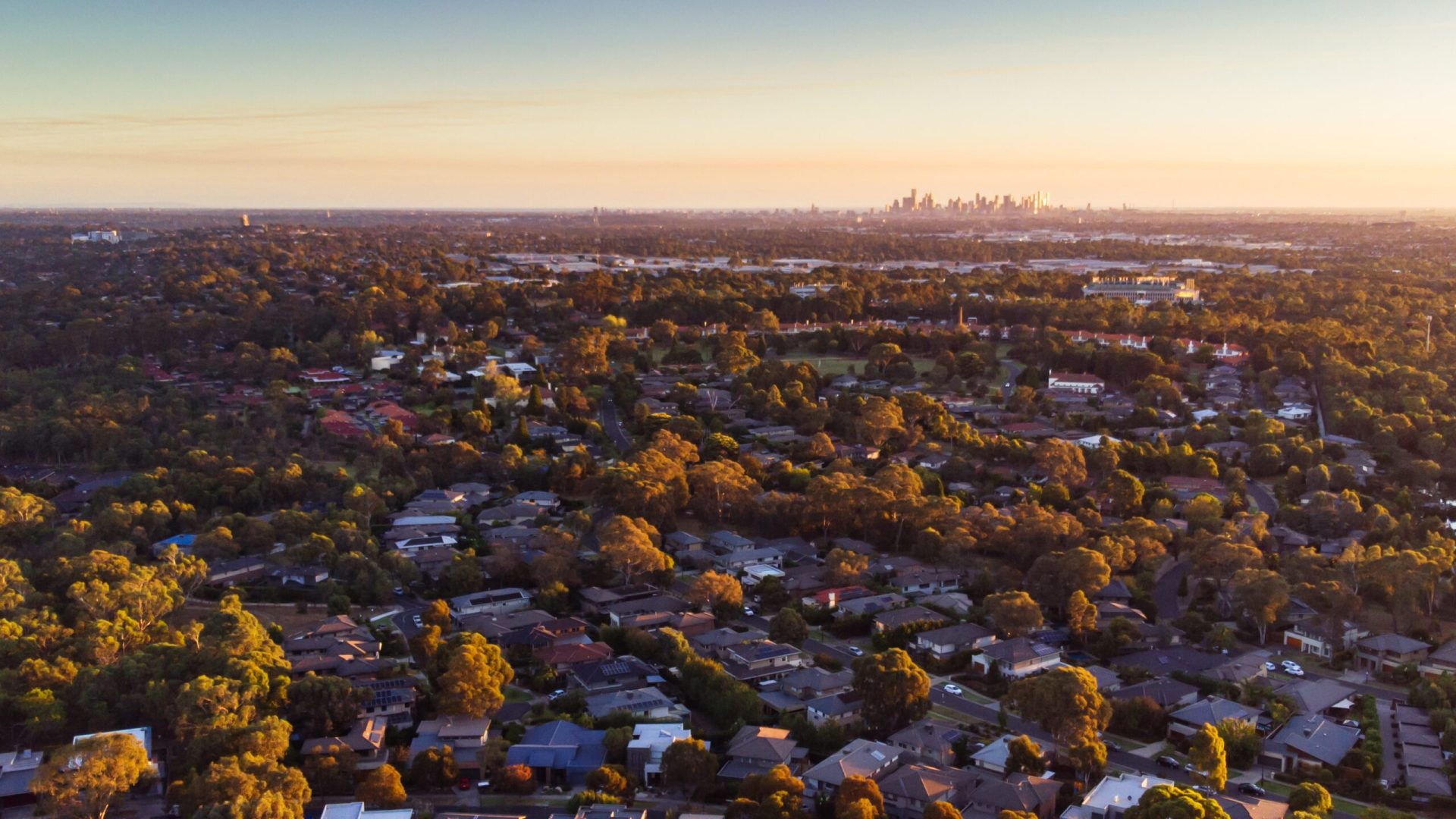Property Markets are Heating Up Fast, Thanks in Part to New Stamp Duty Changes
Each month, before we release our latest OpenCorp Market View report, our directors meet to discuss risks and opportunities in Australia’s property markets.
I present our initial draft report and analysis, which we then debate, before merging the “cold hard facts” of market data with our directors’ various perspectives. This data-driven process is one of my favourite aspects of our approach to property investing.
But in February 2020, I came to the meeting with no Market View report.
Instead, I had only two messages for our team that day:
- The market is showing signs of heating up after three years of being stuck in the doldrums; and
- We need to stop buying property.
Forecasting risk — and adapting quickly to prepare
At OpenCorp, I’m known as the guy with the “black hat” outlook. Despite being an optimistic person, I’m always looking out for downside risk.
Those who understand risk know that the thing we must fear most is that which we’ve never encountered and don’t see coming. Everything else we can plan for.
This thinking may be a carryover from the GFC, which hit many financial institutions, and governments, for six. They didn’t see it coming and they didn’t adapt quickly. Since that time, I’ve been on the lookout for hazards that tend to fly under the radar.
So, in early February, when the first 100 cases of Covid-19 were reported outside of China, our risk assessment put it in the “didn’t see it coming” category of risks.
Two weeks later, as the governments of most developed economies outside of Asia were talking down the risks, we moved it into the “didn’t adapt quickly” box.
Our forecast showed significant case number growth, and catastrophic downside risk.
How Australia’s quick response led to a rebound
Fortunately, the Australian government got its act together pretty quickly and shut the international borders. Shortly thereafter it shut the door on many businesses and sent us all home.
That’s when the panic set in for most of Australia.
Perhaps surprisingly, our outlook for the economy and property markets went from “dire” in February, when markets were reaching fever pitch, to “extremely optimistic” in March, when the market fell flat on its face. Why?
We knew the risk we were facing and the government and banks had thrown their support behind the economy. We also recognised that, after the government had acknowledged the situation, there was a tried-and-true path forward that would lead to predictable outcomes.
What “the new normal” investing roadmap looks like today
In Cam McLellan’s book, “Investing in the new normal”, Australia’s roadmap out of economic uncertainty is fleshed out based on analysing decades of previous experience.
Once we hit the bottom and went into lockdown, the next logical steps for the government to take were:
- Stabilise the economy — put it on idle to preserve fuel until the lights turn green;
- Get on top of the health situation — remove the obstacles that are keeping the lights from turning green; and
- Stimulate the economy — pump the accelerator once the lights turn green.

Recent federal and state government announcements show that we are now moving into step 3 with some rocket fuel in the tank to get us back to top speed as quickly as possible.
The federal government’s plan to speed up the economy, and to help deal with its ballooning debt, is to increase the size of the economy as quickly as possible.
Why property and housing are back in the driver’s seat
Since we can’t increase exports, the most reliable method of increasing the size of the economy is to boost demand and investment – and to do this, we need to get major employment industries humming.
As we know, the housing industry is one of the biggest employers in Australia. Its reach extends beyond the home builders to quarries, manufacturing, transport, whitegoods, furnishings, real estate agents, tradespeople, accountants, architects, engineers and even the banks, who generate the majority of their income from lending to home buyers.
There are so many people in the value chain of building houses that it’s easy to see why governments focus on financial support for this industry when trying to kickstart the economy.
New fuel: Stamp duty changes and reductions for the better
Now, we are seeing state governments trying to lower the bar for people to participate in the housing market. They are doing so by tackling one of the biggest financial obstacles: stamp duty.
Stamp duty has long been seen as an inefficient tax. Originally treated as a fee for the government “stamping” the Certificate of Title whenever a property was transferred, it is now one of the biggest revenue generators for state governments. As property prices increase, stamp duties increase, which is one reason why state governments have found it so hard to drop the tax in favour of more appropriate taxes.
When buying a property in most Australian states and territories, stamp duty is paid on the full purchase price of the property, on top of the purchase price. It is generally not funded by a lender, so the buyer must cover this with their own cash.
For this reason, it is considered to be a roadblock to people trading up (or downsizing) their homes, including selling to relocate. Some economists have even gone so far as to say that it inhibits economic growth by keeping people “rooted” in the same house for longer than they should stay.
How homebuyers and property investors can benefit: A savings example
As an example, on the sale of a property with various Loan to Value Ratios (LVR’s) the buyer would normally contribute:

So, if you reduce the stamp duty on a property purchase, the amount of cash required to enter the property market dramatically reduces:

As you can see above, a property buyer that is borrowing 80% to buy a $500,000 property would need to have $125,000 if they are paying a full 5% stamp duty. But, if stamp duty were reduced to 2.5%, that same purchaser would have enough deposit to buy a $750,000 property with a 90% LVR.
This assumes that the buyer has the capacity to service a larger bank loan, but with interest rates at all-time lows, serviceability has drastically improved for many home buyers.
As a result, changes that reduce the size of the cash deposit required to enter the market have a substantial impact on the market activity.
What key states are doing with stamp duty now (and what’s coming next)
While first-home buyers have benefited from reduced stamp duties in many states, budget measures proposed by the NSW and Victorian governments are set to make changes that also benefit property investors.
In NSW, stamp duty will be phased out in favour of a broad-based land tax. This will be at the option of the buyer, but once a property is transferred if a buyer elects to go with the annual land tax instead of the up-front stamp duty then any future buyers will also have to pay land tax for that property. This scheme lowers the threshold for buying property but also allows the state to recover the lost revenue over time. Eventually, all properties will be charged land tax and there will be no stamp duty in NSW.
In contrast, the Victoria government has introduced a temporary discount of land tax for properties priced at $1m or below. Until 1 July 2021, newly constructed properties will be entitled to a 50% discount on stamp duty, while established properties will benefit from a 25% discount.
Bottom Line: The window of opportunity for property investors is here now
These changes are likely to have a short-term stimulatory effect on the housing market, coupled with the federal government homebuilder boost which has been extended to 31 March 2021.
Beyond July 2021, it will be interesting to see whether the other states follow in the footsteps of NSW and ACT, which began phasing out stamp duty in 2012. While the intention may be to make it easier for people to transact property, in order to stimulate the economy, it is clear that a lower stamp duty rate will have a very strong inflationary effect on house prices.
While we have waited decades for state governments to finally tackle stamp duty, we can thank Covid-19 for giving the various premiers enough motivation to overcome their fear of losing the tax revenue.
It’s clear that, if you’re looking to invest in property, the weeks and months ahead are as good as it gets!
Keen to start or grow your property investing portfolio? If you’d like to discuss your situation, goals and questions about next steps, our OpenCorp team is here to help.
Request a free, no-obligation strategy session with one of our OpenCorp analysts today.










